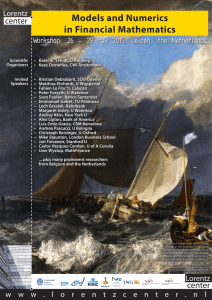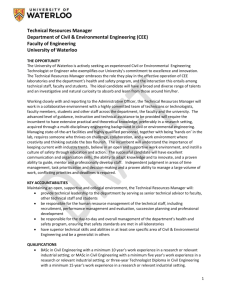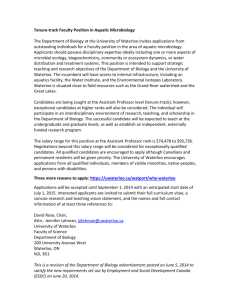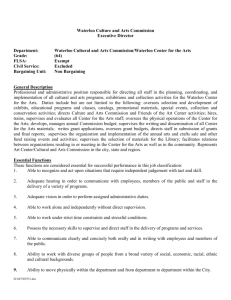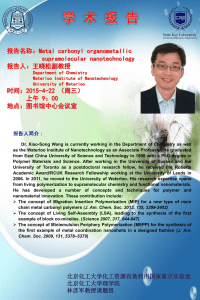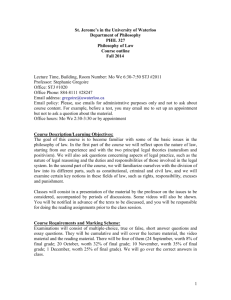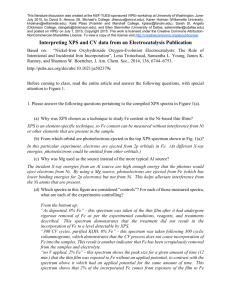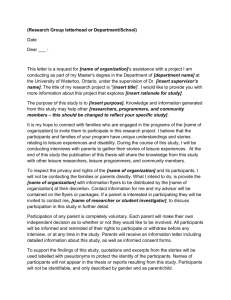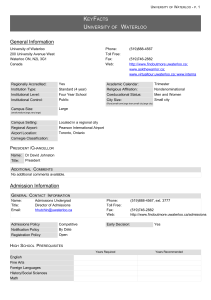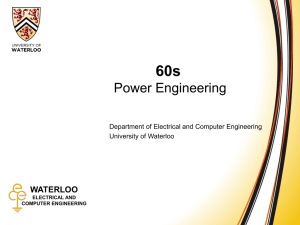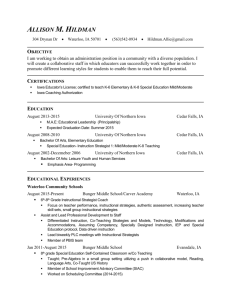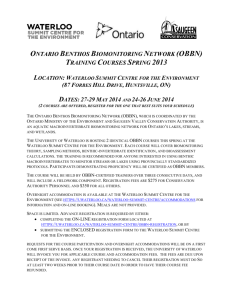Supplementary Data - University of Waterloo
advertisement
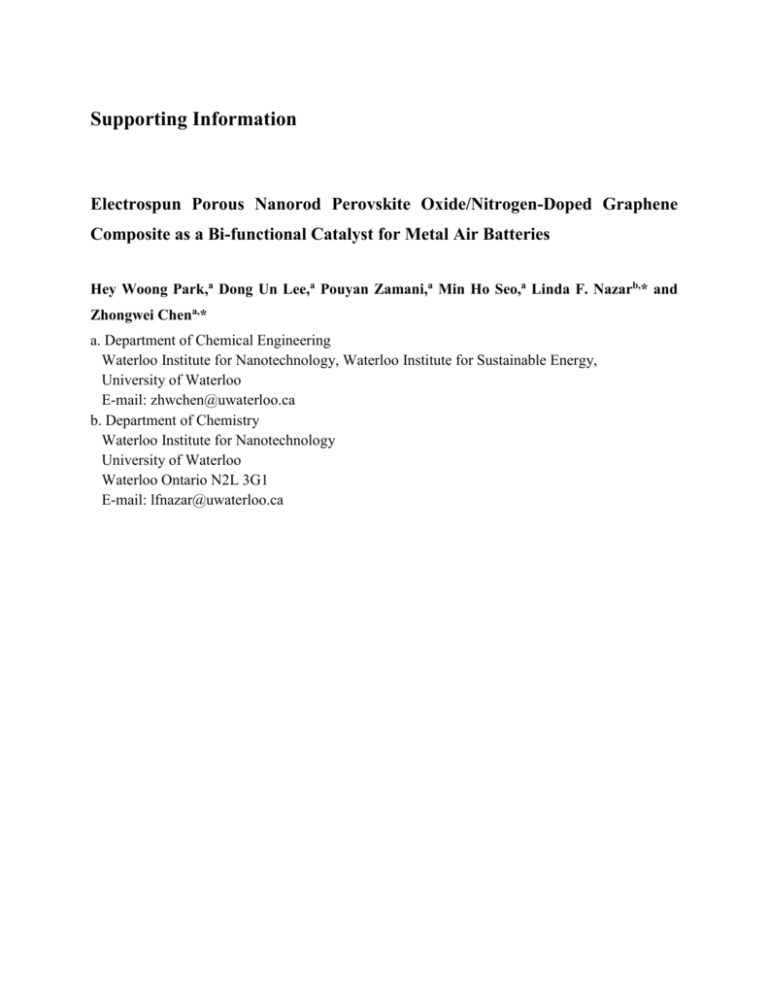
Supporting Information Electrospun Porous Nanorod Perovskite Oxide/Nitrogen-Doped Graphene Composite as a Bi-functional Catalyst for Metal Air Batteries Hey Woong Park,a Dong Un Lee,a Pouyan Zamani,a Min Ho Seo,a Linda F. Nazarb,* and Zhongwei Chena,* a. Department of Chemical Engineering Waterloo Institute for Nanotechnology, Waterloo Institute for Sustainable Energy, University of Waterloo E-mail: zhwchen@uwaterloo.ca b. Department of Chemistry Waterloo Institute for Nanotechnology University of Waterloo Waterloo Ontario N2L 3G1 E-mail: lfnazar@uwaterloo.ca Figure S1. High resolution TEM (HR-TEM) image of LSCF-PR. Figure S2. (a) Full XPS spectra of RGO and NRGO, and (b) de-convoluted high resolution N 1s XPS spectrum of NRGO. The full XPS spectrum of NRGO exhibits peaks at 284.6 eV of C 1s and O 1s peak at 531.6 eV and additionally the spectrum shows that nitrogen is successfully doped in the graphene sheets as observed by N 1s peak at ca.400 eV.[1] The atomic percentages in NRGO are calculated using the spectrum to be 93.3, 3.0 and 3.7 % of carbon, oxygen and nitrogen, respectively. The doped nitrogen is believed to generate defective structure in the graphitic layer which is the active sites for the oxygen reactions. Moreover, the high resolution spectrum of N 1s is also investigated since it is proposed that electrochemical catalysis of oxygen depends on nitrogen configuration. After the de-convolution of the high resolution, it reveals that nitrogen possesses pyridinic N (398.1 eV), pyrrolic N (399.9 eV), and quaternary N (401.1 eV) with 1.6, 0.3 and 1.8 % of atomic percentages, respectively. According to literature, the quaternary N mainly plays role of catalyzing oxygen reduction reaction.[2] Figure S3. (a) Low magnification and (b) high magnification SEM image, (c) TEM image of LSCF-NP; and (d) XRD pattern of LSCF-NP. Figure S4. (a) SEM image and (b) XRD pattern of LCO-NP. Figure S5. (a) N2 adsorption–desorption isotherms and (b) pore size distribution of LSCF-PR and LSCF-NP. Figure S6. Cyclic voltammograms at scan rate of 50 mV sec-1 of LSCF-PR/NRGO, LSCFPR/RGO and LSCF-PR/VC. Figure S7. (a) ORR and (b) OER polarization profiles of LSCF-PR/NRGO, LSCF-PR and NRGO at 900 rpm. Koutecky-Levich equation The equation expresses the relationships of the observed current density (j) with the kinetic current (jK) and limiting current density (jL) through the Levich slope (B) and electrode rotation speed (ω). Where F is the Faraday constant, Do is the diffusion coefficient of O2 (1.9×10-5 cm2/s), Co is the concentration of O2 in the electrolyte (1.1×10-6 mol/cm3), υ is the kinematic viscosity of the solution (0.01 cm2/s). Values are taken from reference [3]. Figure S8. (a) ORR polarization profiles of LSCF-PR/NRGO at various rotation speeds and (b) its Koutecky-Levich plot at potentials 0.75, 0.70 and 0.65 V (vs. RHE)) Figure S9. Tefel plots of LSCF-PR/NRGO and Pt/C. Figure S10. (a) OER polarization profiles and (b) chronoamperometric responses (percentage of current retained versus operation time) at 900 rpm for OER (0.8 V vs. SCE) of LSCF-PR/NRGO and Ir/C. [1] D. Wei, Y. Liu, Y. Wang, H. Zhang, L. Huang, G. Yu, Nano Lett. 9 (2009) 1752-1758. [2] D.S. Geng, Y. Chen, Y.G. Chen, Y.L. Li, R.Y. Li, X.L. Sun, S.Y. Ye, S. Knights, Energy Environ. Sci. 4 (2011) 760-764. [3] H.W. Park, D.U. Lee, Y. Liu, J. Wu, L.F. Nazar, Z. Chen, J. Electrochem. Soc. 160 (2013) A2244-A2250.
